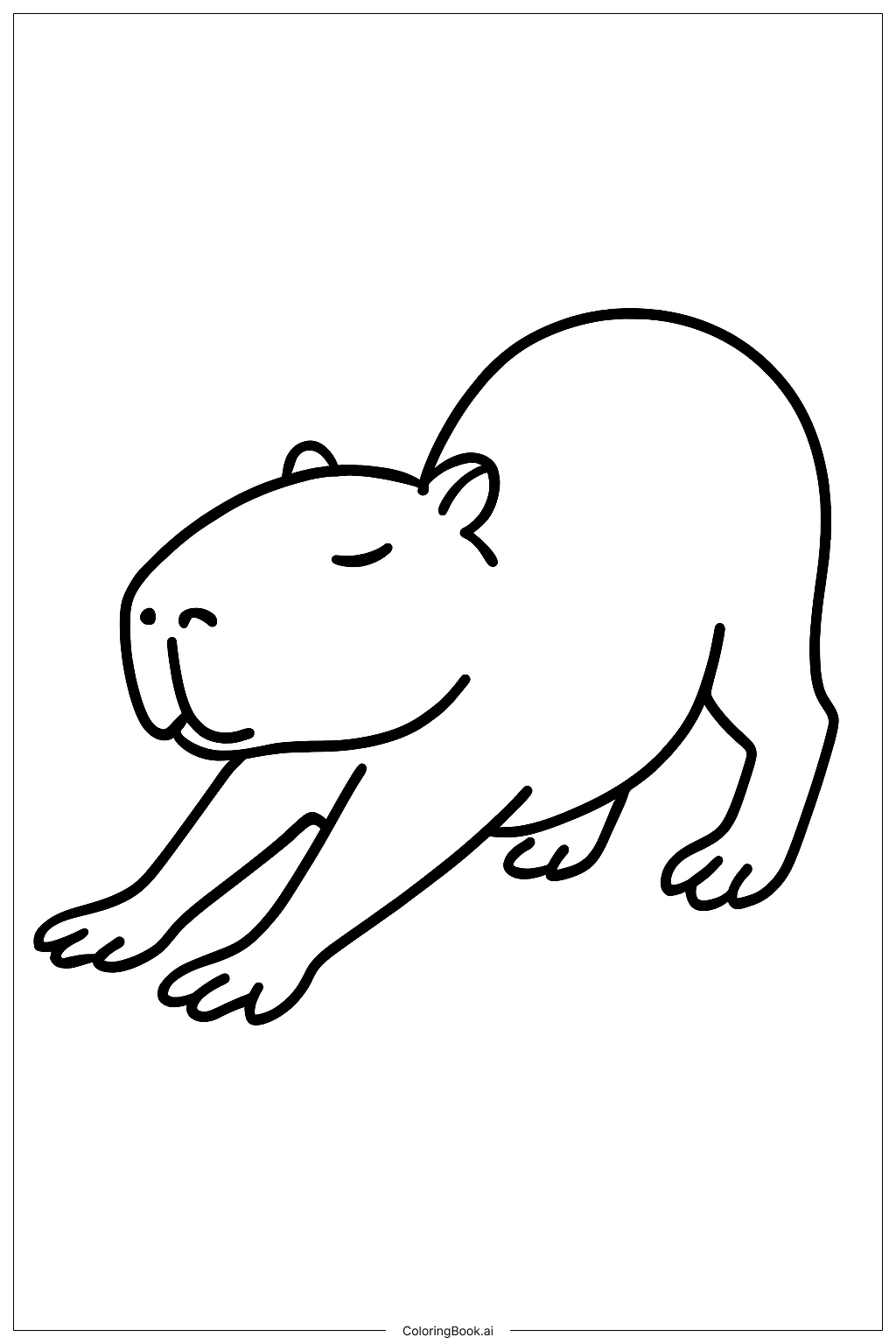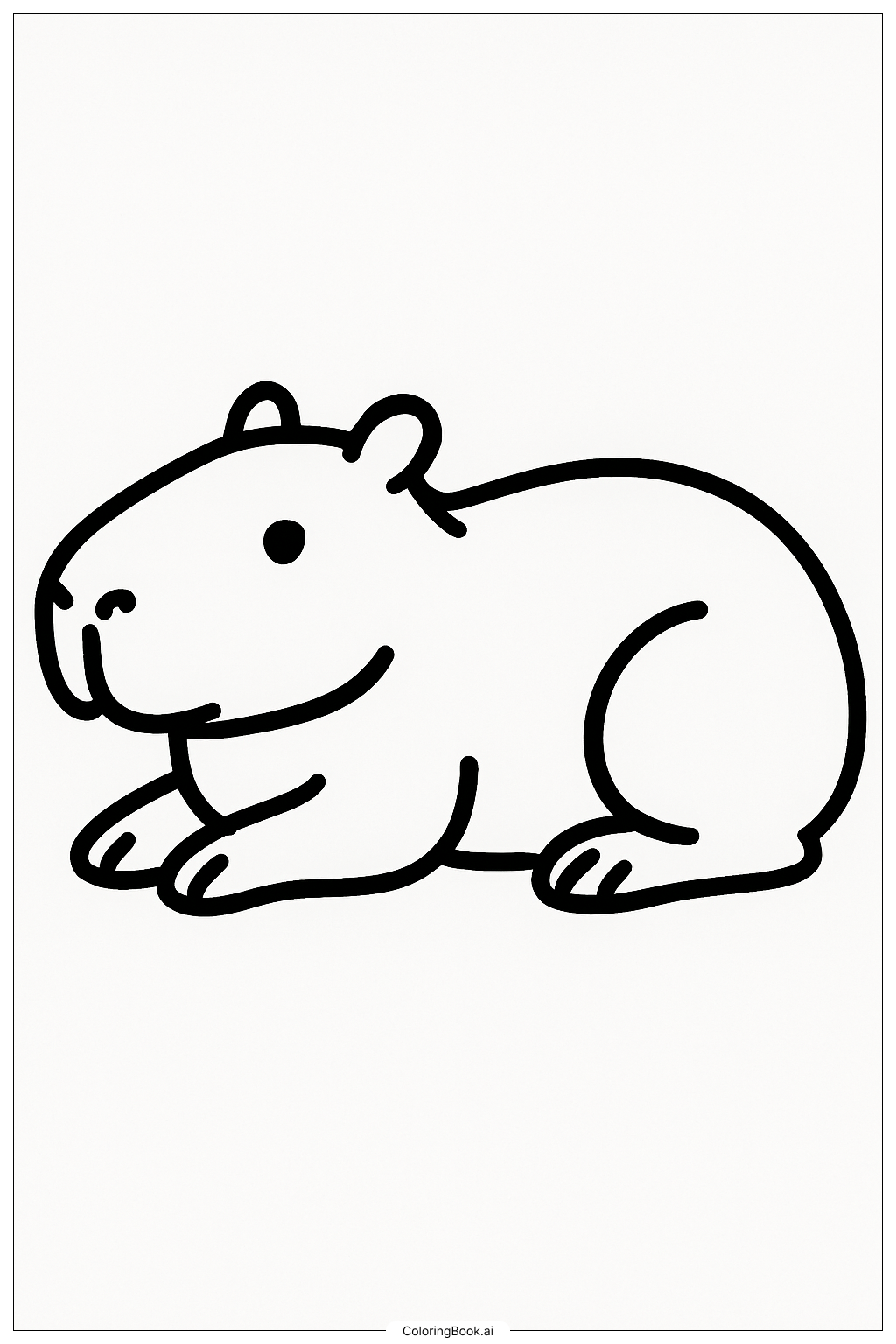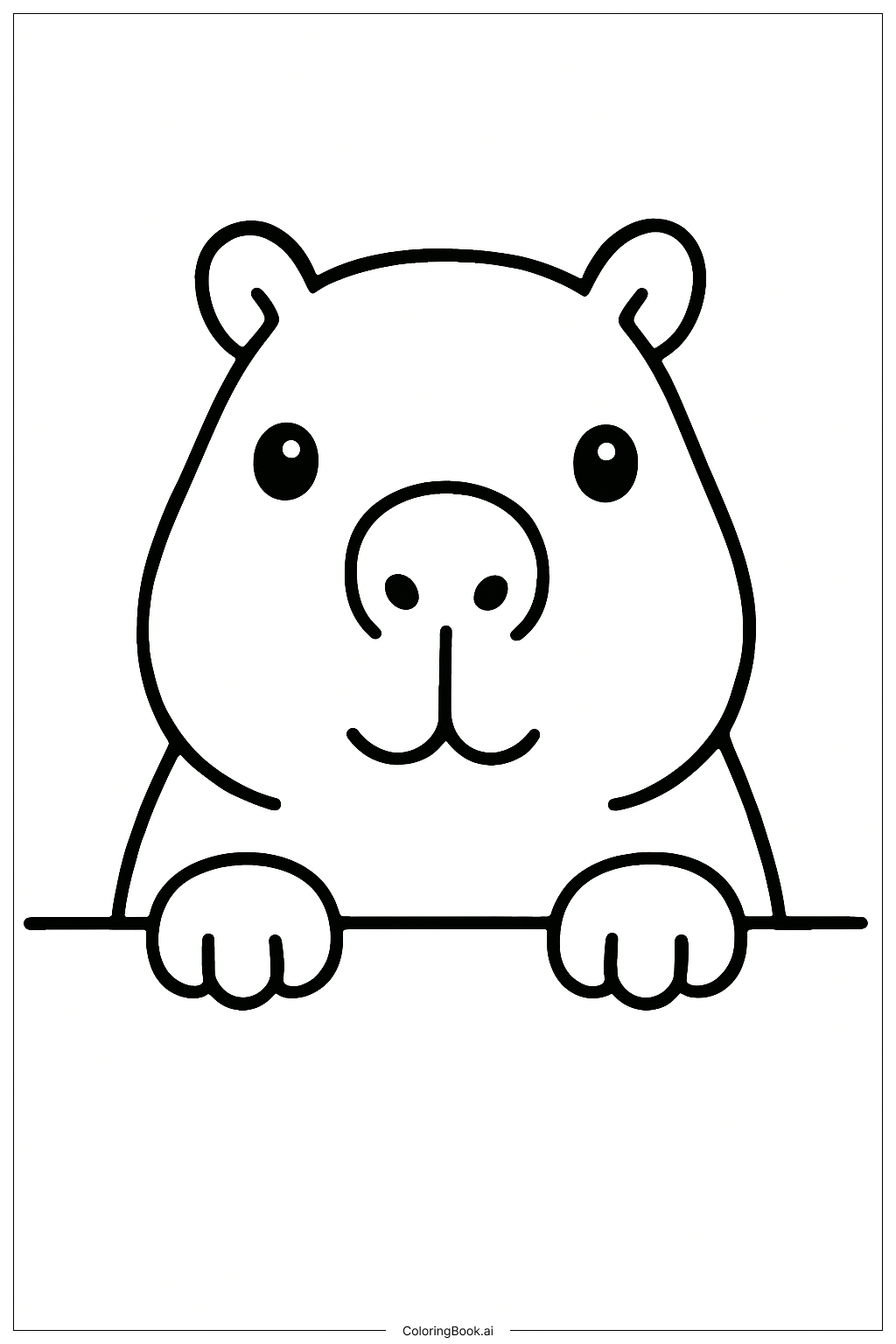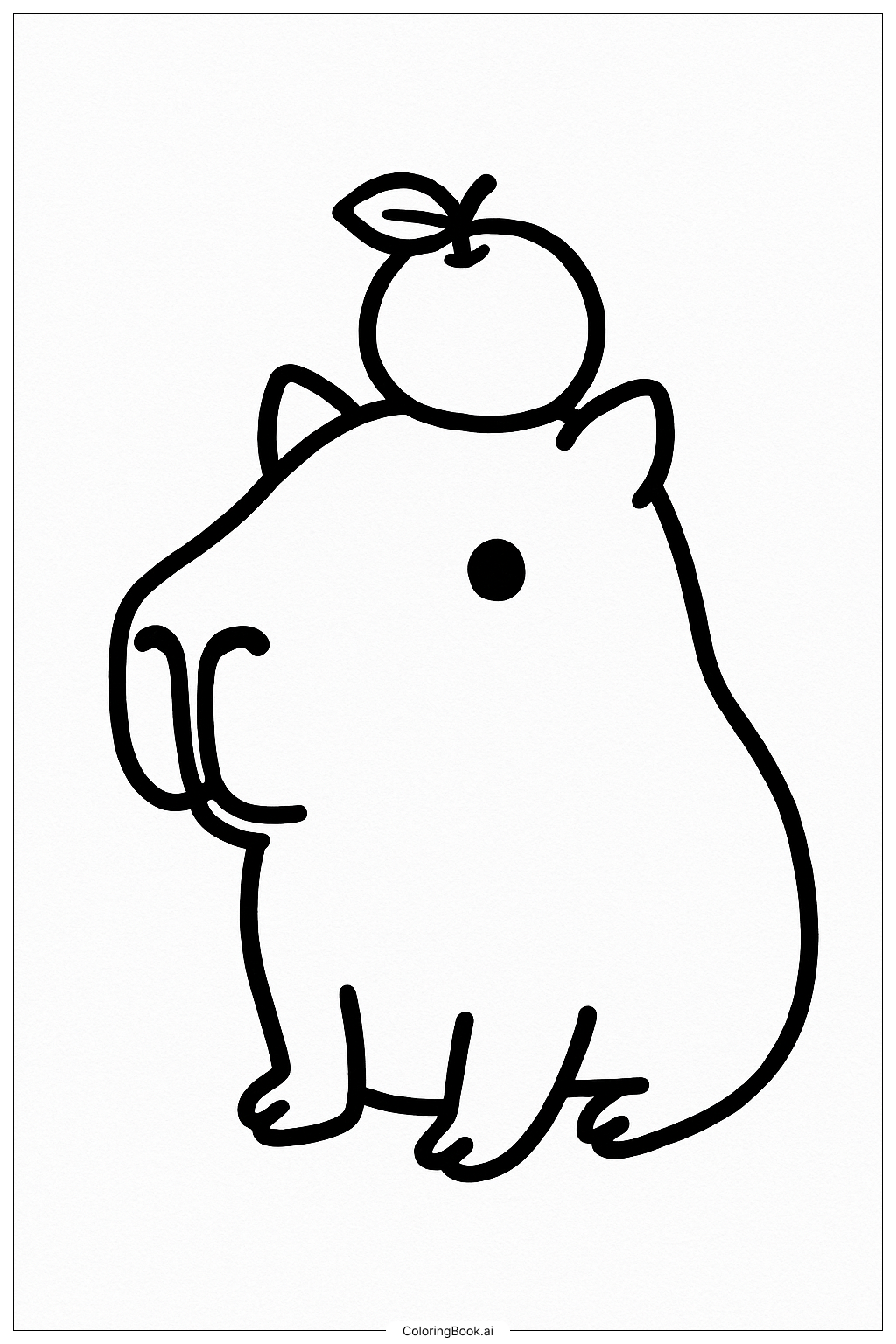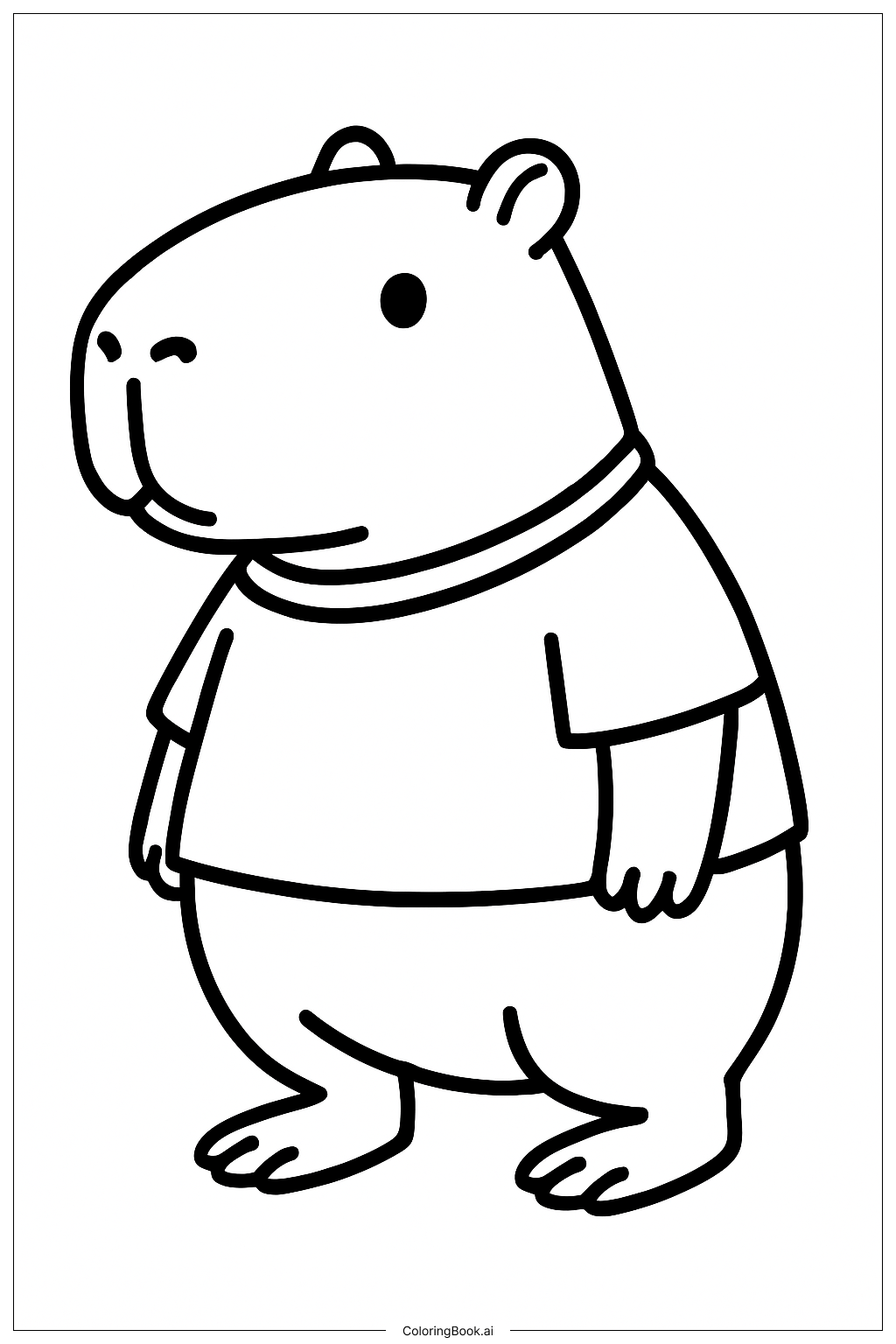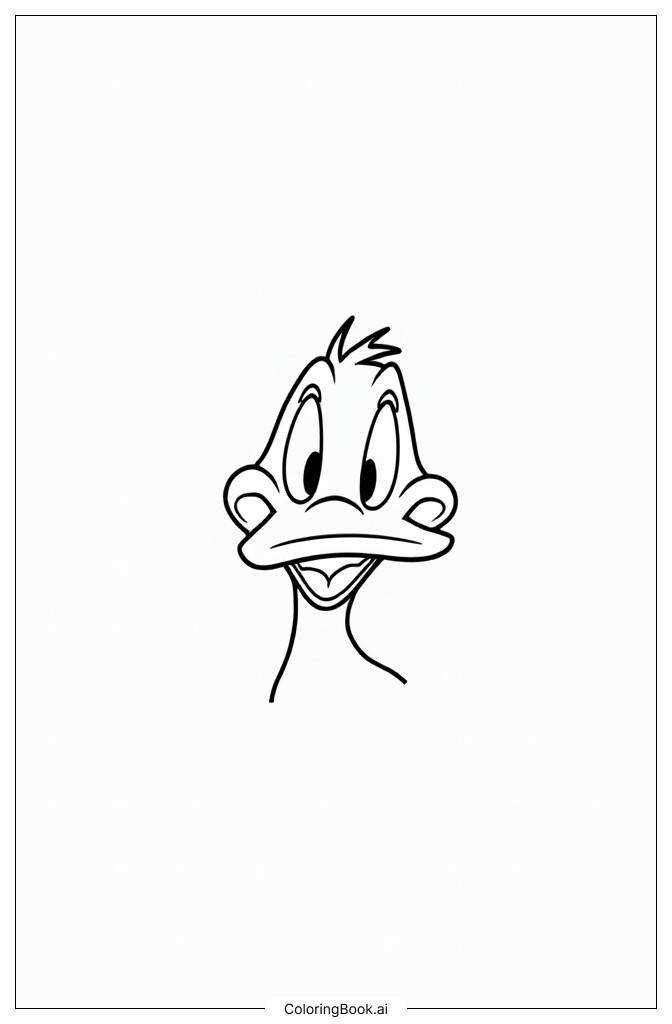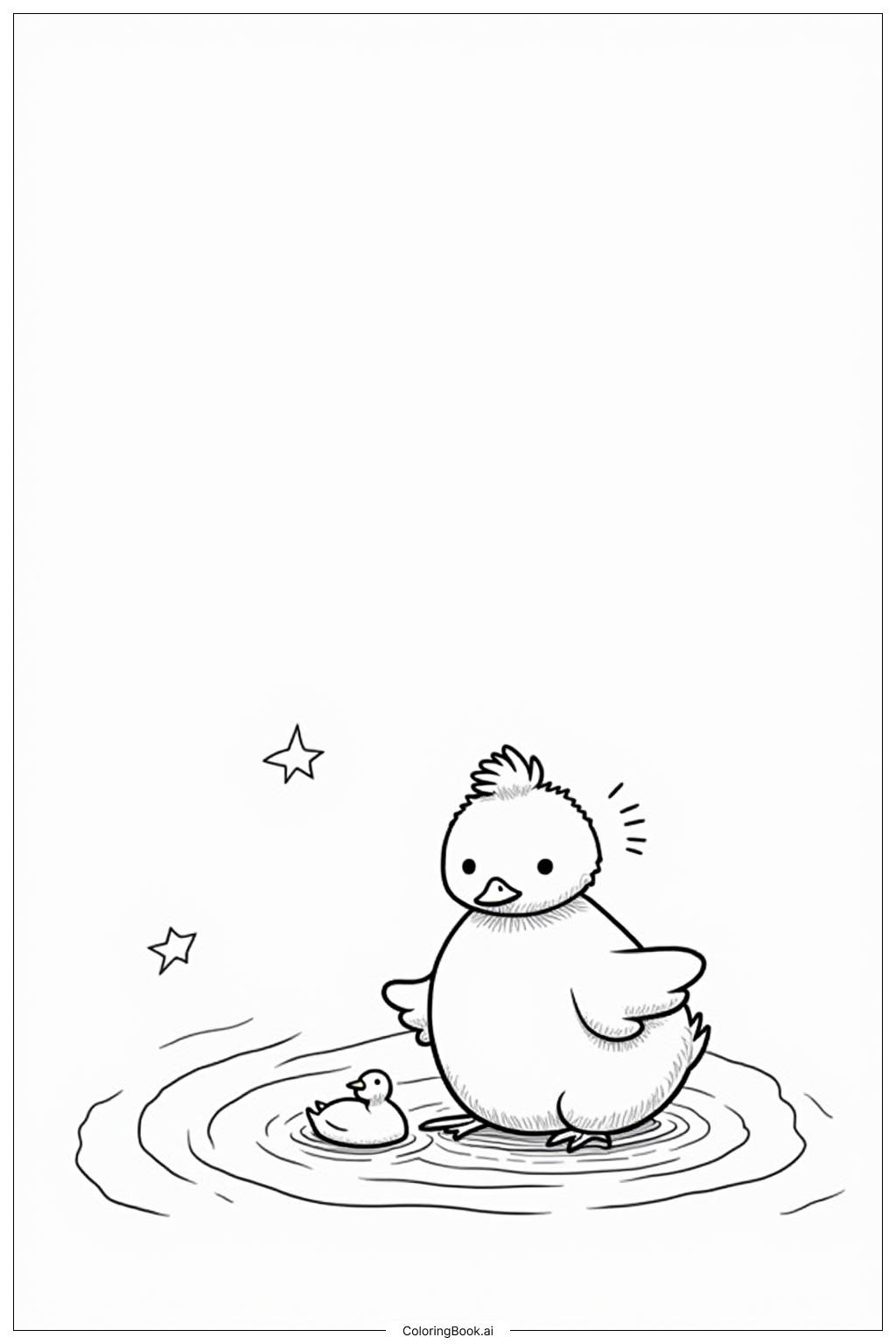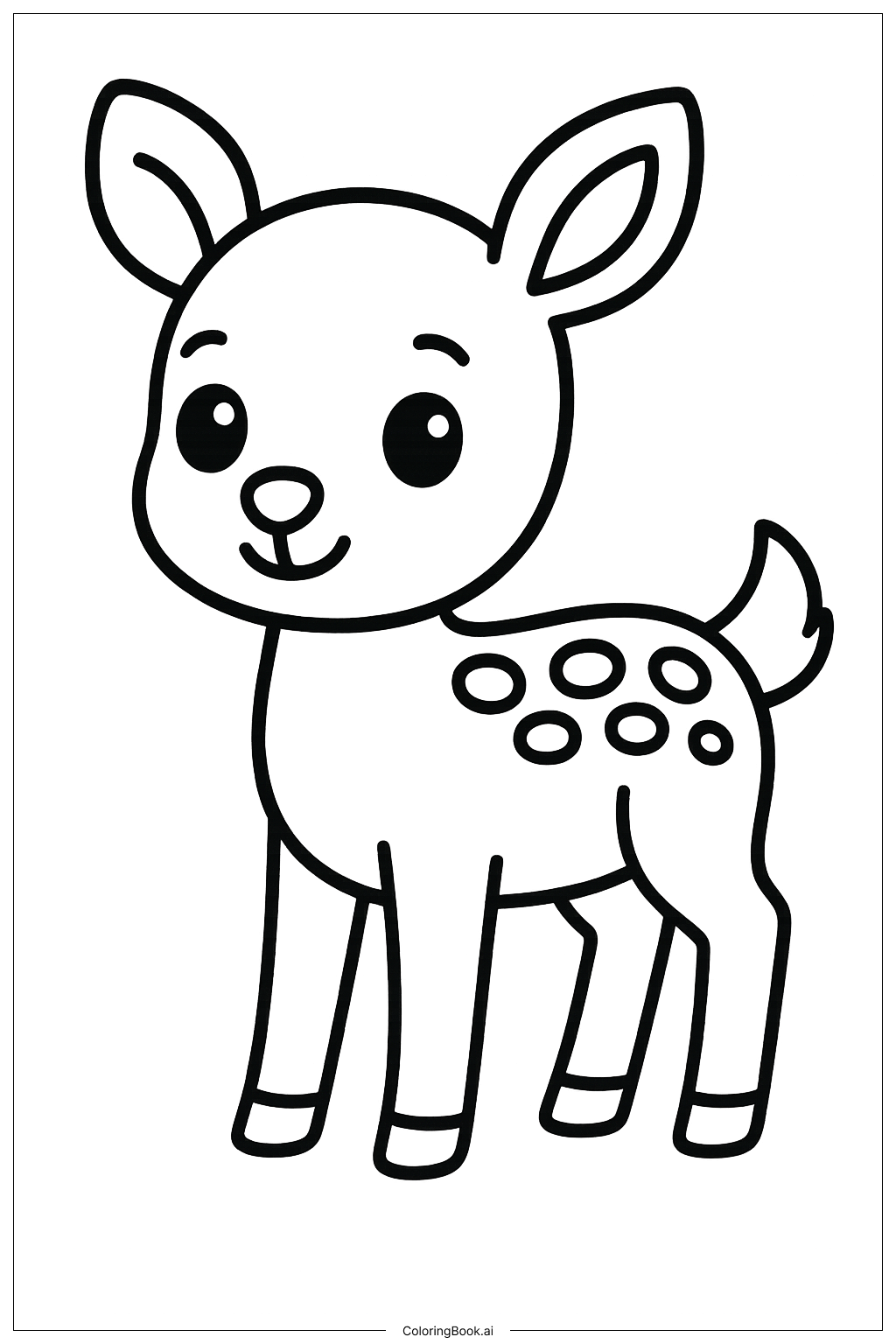Coloring tips: How to color Capybara Stretching After A Nap coloring page well?
Start by coloring the capybara’s body in soft brown or tan shades, as capybaras have a warm, earthy tone. You can use lighter colors on the belly and face to add some variation. For the ears and nose, choose a slightly darker brown or even a soft pink for a cute touch. The background can be colored to show the environment, such as green grass or a light blue sky. Use gentle shading to highlight the curves of the body and the stretch pose. Feel free to add fun colors to the background, like flowers or trees, to bring the picture to life.
Coloring challenges: Which parts are difficult to color and need attention for Capybara Stretching After A Nap coloring page?
1. The long and smooth lines of the capybara's body need careful coloring to stay inside the lines and keep the shape clear.
2. The stretch pose means some body parts overlap or bend, which can make it tricky to color the legs separately without mixing colors.
3. The face has delicate small features like the ears, eyes, and nose, requiring careful attention to detail.
4. Keeping the shading soft to show the roundness and warmth of the capybara's body can be challenging for beginners.
5. Adding a natural look with colors that blend well together can be difficult but rewarding once done right.
Benefits of coloring books: Advantages of drawing Capybara Stretching After A Nap coloring page
Coloring this capybara helps kids practice staying inside lines and controlling their brush or pencil. It encourages attention to small details like the face and paws. The simple, smooth shapes make it relaxing and fun. Coloring the stretching pose also inspires learning about animal movements and behavior. This activity promotes creativity by choosing colors and imagining the capybara’s world. Overall, it’s a great way for children to develop fine motor skills and enjoy a peaceful moment with art.
